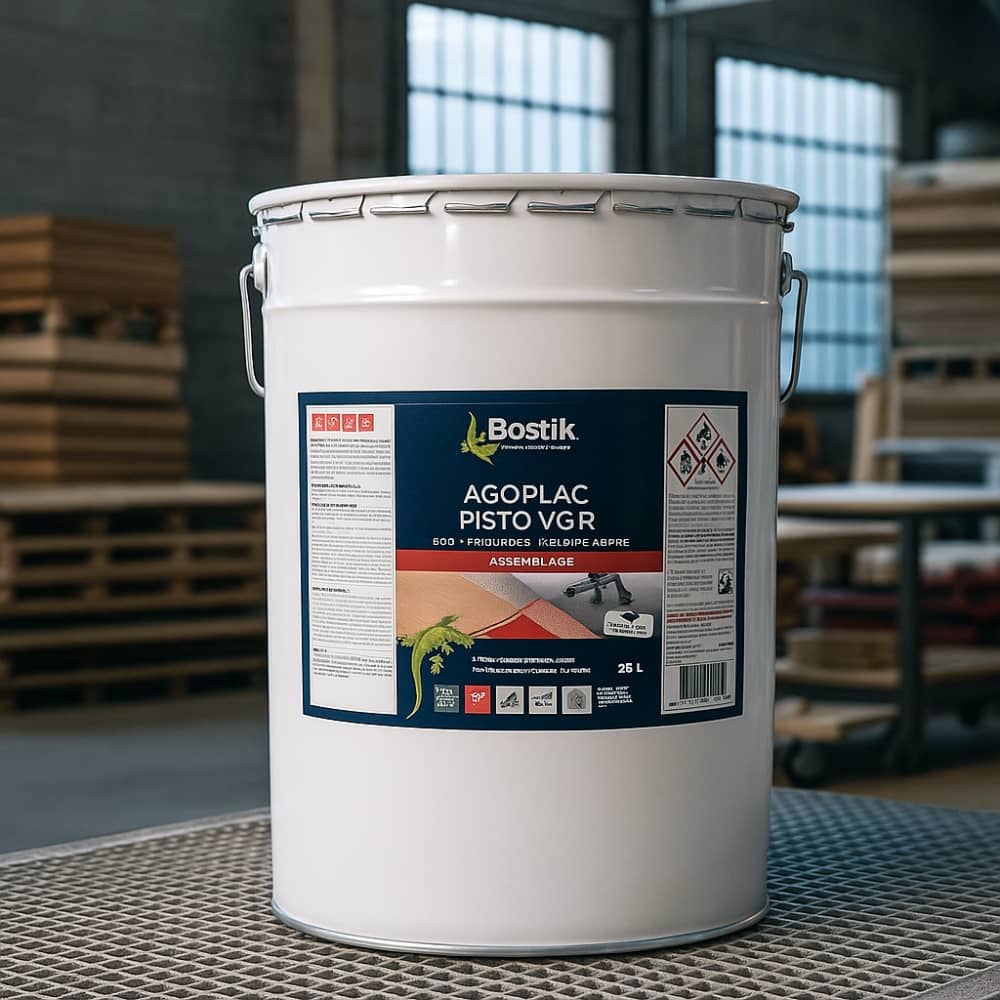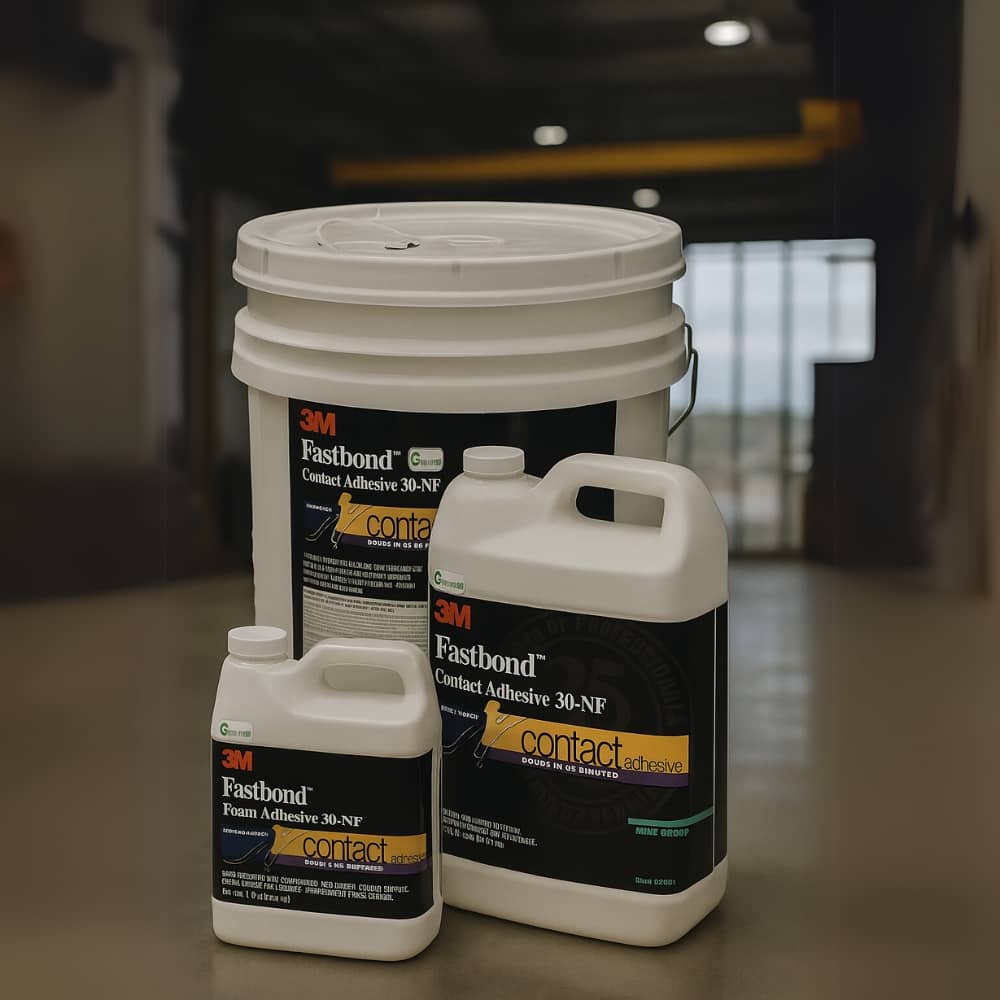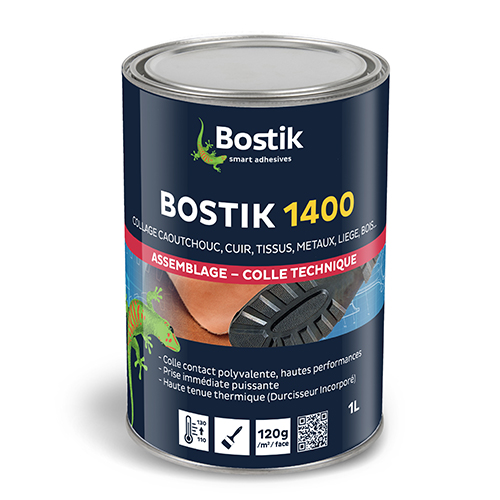La neoprene glue is a synthetic rubber-based contact adhesive used for its flexible, powerful and durable bonding performance.
Unlike other technical adhesives, it can be used to assemble immediately after evaporation of solventswithout the need for prolonged pressing or clamping.
Renowned for its versatility, It is used in a wide range of sectors, including industry, construction, the automotive industry, aeronautics and furniture.
It can be used to glue a wide variety of materials: leather, metal, wood, rubber, laminate and plastic.



→ Ask for a data sheet adapted to your use
These adhesives are available in liquid, gel or spray formulations, depending on the substrate and application requirements. Here are their key properties:
She can also be used for vertical bonding or in demanding environments, such as industrial insulation or technical assemblies.
→ Test our references on your specific media
This glue is appreciated for its speed of use and powerful grip. Here are its main advantages:
It offers an excellent compromise between mechanical performance and flexibility in industrial or craft assemblies.
→ Contact us to receive the appropriate sample
The types of neoprene glue vary depending on the substrate, the method of application and the desired open time.
Each format is available in several formulations (open time, heat resistance, solvent-free, etc.).
→ Get a personalised technical recommendation
Neoprene adhesives are suitable for a wide variety of industrial and technical environments:
ADDEV Materials will help you choose, validate and supply your neoprene glue best suited to your industrial constraints.
Our strengths:
→ Contact us for a free, rapid recommendation
📞 Our specialists are available to help you choose neoprene glue best suited to your substrate, your production rate, and your standards or environmental requirements.
Liquid or gel glue is ideal for bonding laminates, veneers or MDF panels.
Yes, it adheres very well to metal provided the surface is clean, degreased and slightly rough.
Some formulations are weather and UV resistant, but prior testing is recommended.
Apply to both surfaces, leave to dry for a few minutes, then assemble firmly without repositioning.
The gel doesn't run, perfect for vertical surfaces; the liquid is better for large, flat surfaces.
It works well on some plastics, but a test is necessary, particularly on PVC or ABS.
Adhesion is immediate after contact, but full hardening generally takes 24 to 48 hours.